
The most effective educational games make learning active by letting you experiment with challenging concepts. The games listed below cover a wide range of subjects – including math, coding, history, and city design – and they’re designed to be easy to understand, with clear objectives and helpful feedback so you can learn while you play.
These games are great for both classroom learning and fun activities outside of school. We’ve included details like the subject matter, what platforms they’re on, recommended ages, and the skills they help develop, making it easy to find the perfect game for any student.
The Oregon Trail
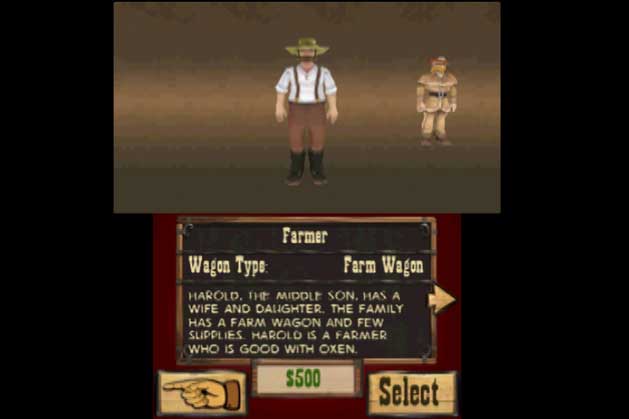
This well-known game lets you experience the life of American pioneers while learning about planning and managing resources. You’ll make decisions about supplies, how fast to travel, and which route to take, all while balancing the risks, time constraints, and your family’s health. The game realistically shows how things like illness, weather, and the landscape impact your journey, using a straightforward system of cause and effect.
Today, this game is available on both phones and computers. Versions designed for classrooms offer features like adjustable difficulty and accessibility options to help all students. It’s best suited for kids in grades 4-8 and works well when broken into shorter lessons focusing on historical topics like westward expansion and what life was like for pioneers.
Where in the World is Carmen Sandiego?
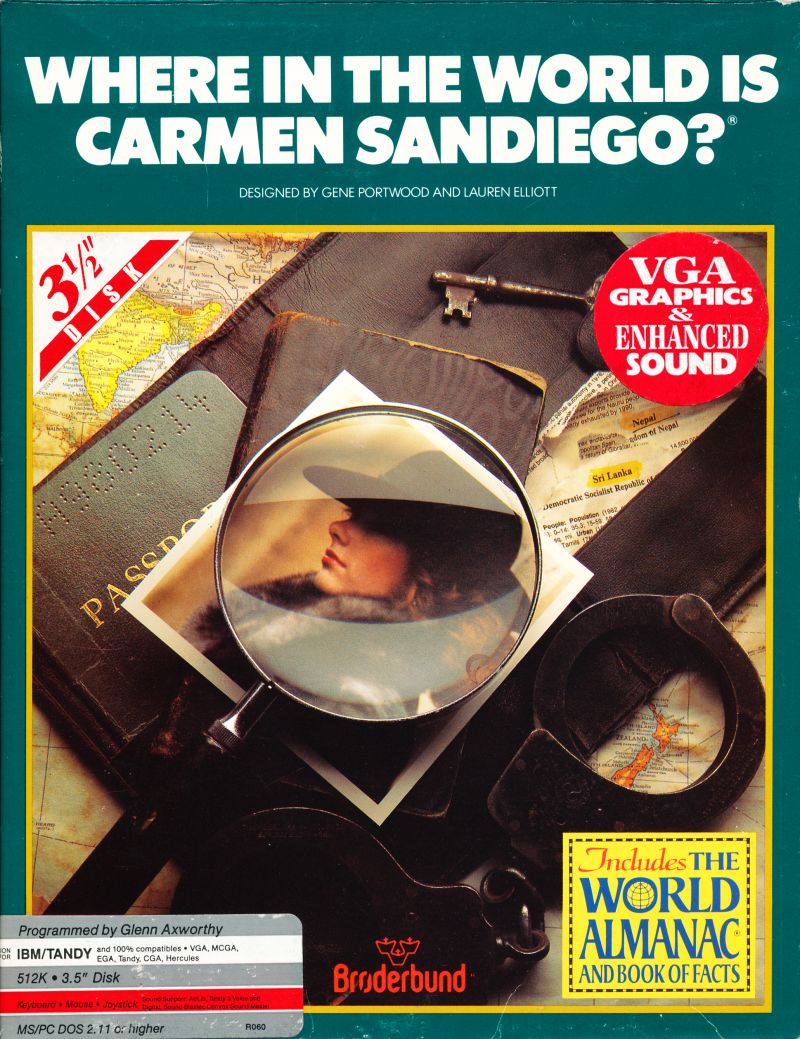
This detective show helps players learn about geography, different cultures, and how to do research. Players track down suspects around the world by solving clues related to flags, languages, money, famous places, and local information – encouraging them to remember facts quickly and take good notes.
I’m so excited about this game – it’s available on both computers and phones, which is awesome! I’ve heard teachers really like using it in class, often having students do map work or quick research alongside the missions. It’s perfect for kids in late elementary and middle school, and you can play it by yourself or with a small group, which is great because you can all share clues and work together!
Minecraft Education Edition
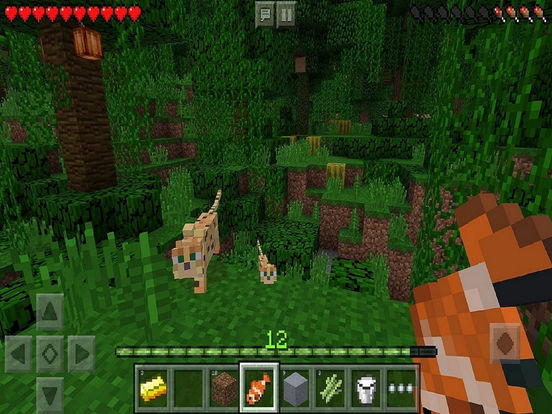
This special version of Minecraft for classrooms comes with pre-built lessons covering subjects like math, science, history, and how to be a good digital citizen. Students can easily show their work using tools like an in-game camera, portfolio, and chalkboards. Plus, Code Builder lets them learn coding with both block-based programming and Python, allowing them to automate tasks within the game.
This program works on Windows, Macs, iPads, and Chromebooks. Teachers have control over the virtual environments, can limit building areas, and track student work with built-in tools. It’s designed for students from elementary through high school, and lessons frequently connect to curriculum standards through building projects and teamwork.
Kerbal Space Program
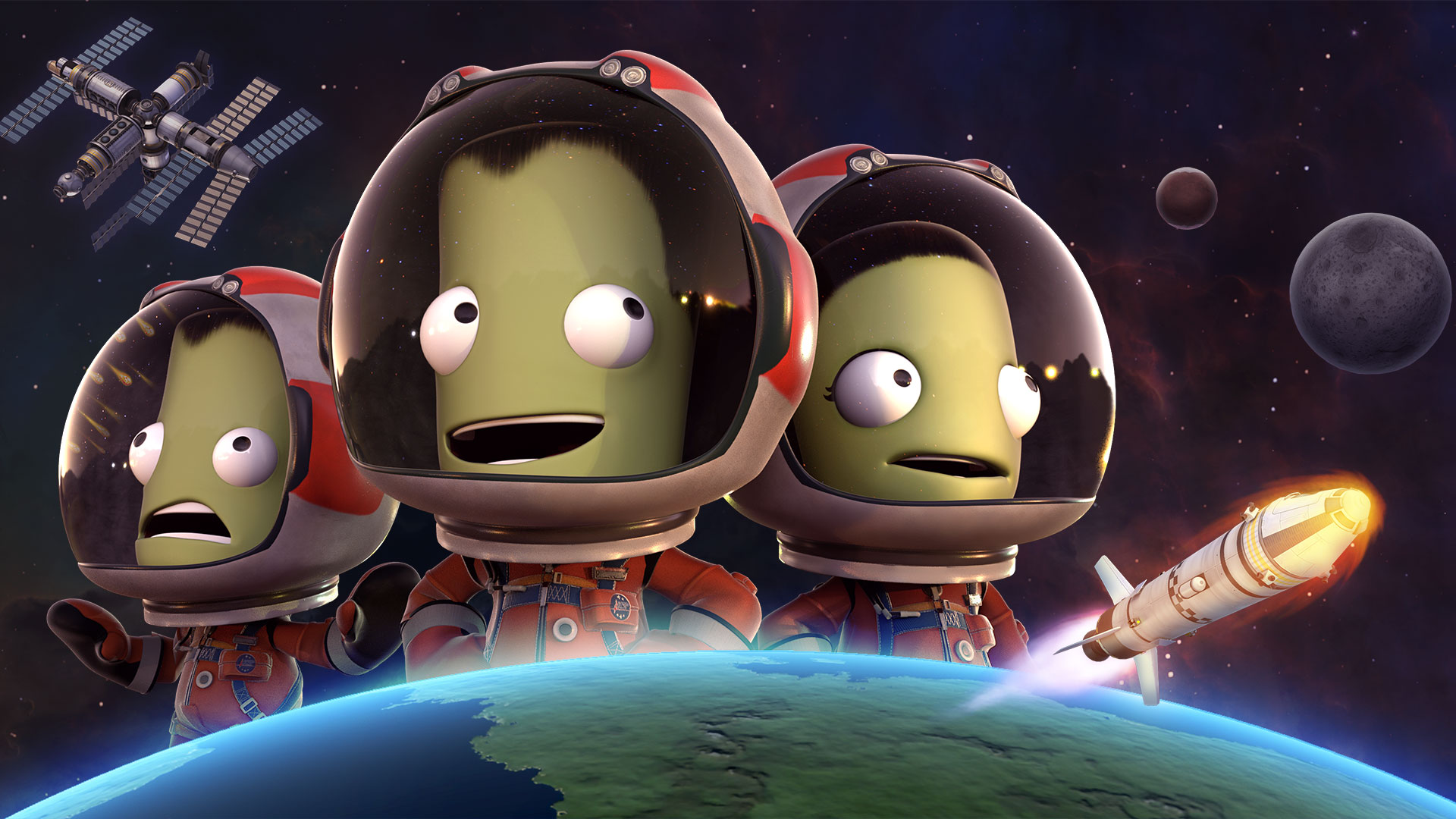
Kerbal Space Program is a fun way to learn about physics and engineering by building and launching rockets. You design spacecraft, figure out how much power they need, and plan their routes using realistic concepts. The game encourages you to experiment, learn from mistakes, and keep improving your designs.
This game is playable on computers and most gaming consoles. It’s often used in schools to teach the basics of how things move and work in space, letting students practice calculating the power needed for rockets and planning successful launches. It’s best suited for students in grades 6-12, and those who enjoy reading will especially appreciate the helpful tutorials and guides created by other players.
Universe Sandbox
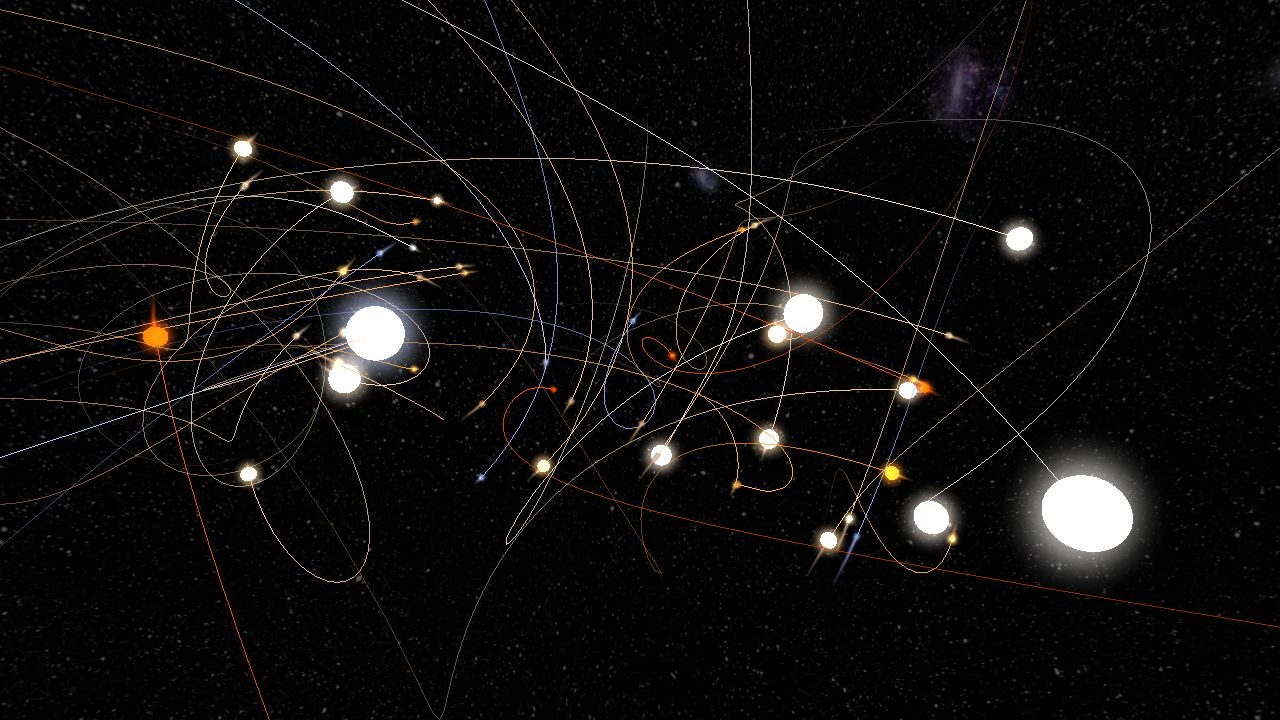
Universe Sandbox is a simulation tool that lets you explore gravity, how planets move, and other space-related science at a large scale. You can build your own solar systems, make planets crash into each other, and change scientific rules to see how things like orbits, ocean tides, and weather patterns are affected. It also allows you to speed up time to observe the long-term consequences of your changes.
As a gamer, I think this is really cool! It’s a PC program and it even works with VR, which is awesome for getting totally into the experience. Teachers can use it to create lessons about things like seasons, eclipses, and how energy works. And the best part? As a student, I could actually grab the data from the program and check if it matched up with what’s in my textbooks – great for practicing with numbers and really understanding the science!
Foldit
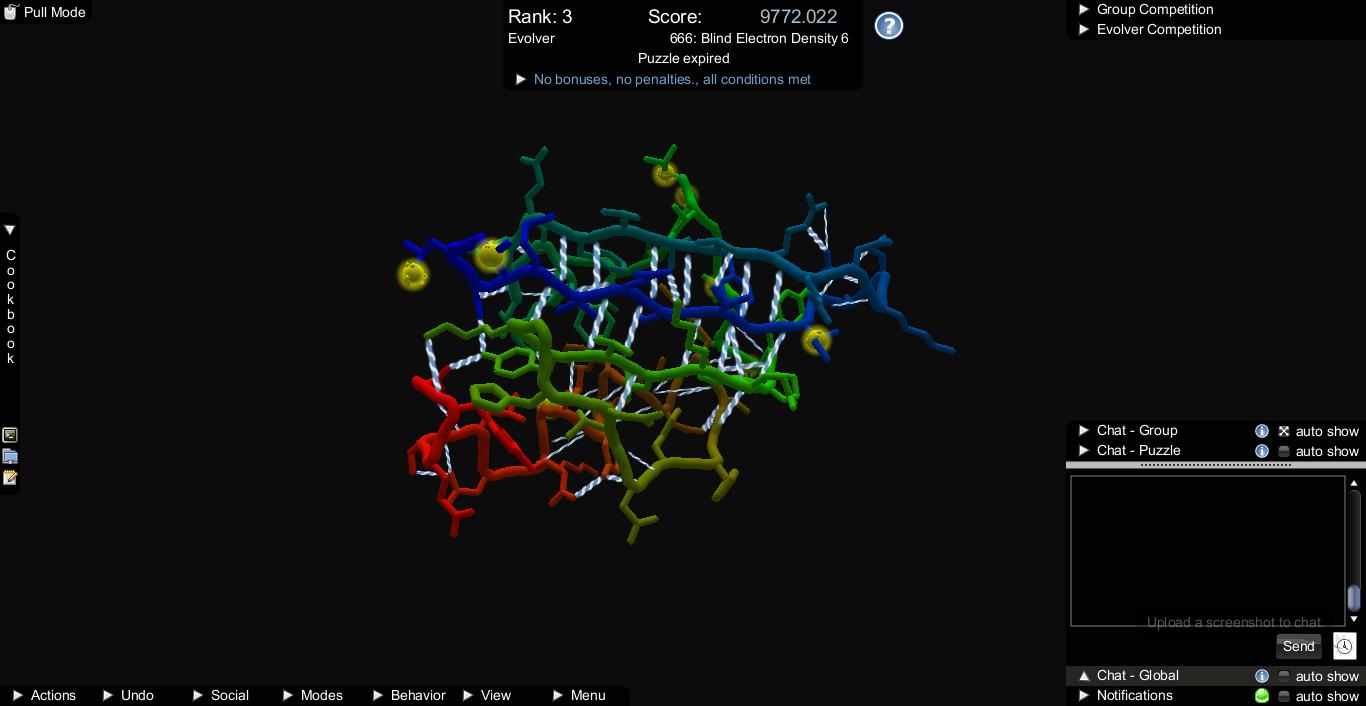
Foldit is a puzzle game where you solve real-world problems in biochemistry by predicting how proteins fold. You twist and turn chains to make them as stable as possible – essentially building strong connections and avoiding collisions, just like scientists do when studying protein structures.
This free PC game is a valuable tool for teaching and learning, and has been successfully used in classrooms and advanced courses. Teachers can use different levels as tutorials to explain concepts like amino acids and protein structures. It’s especially helpful for high school and college biology students, and it can also spark conversations about how everyday people can contribute to scientific research.
CodeCombat
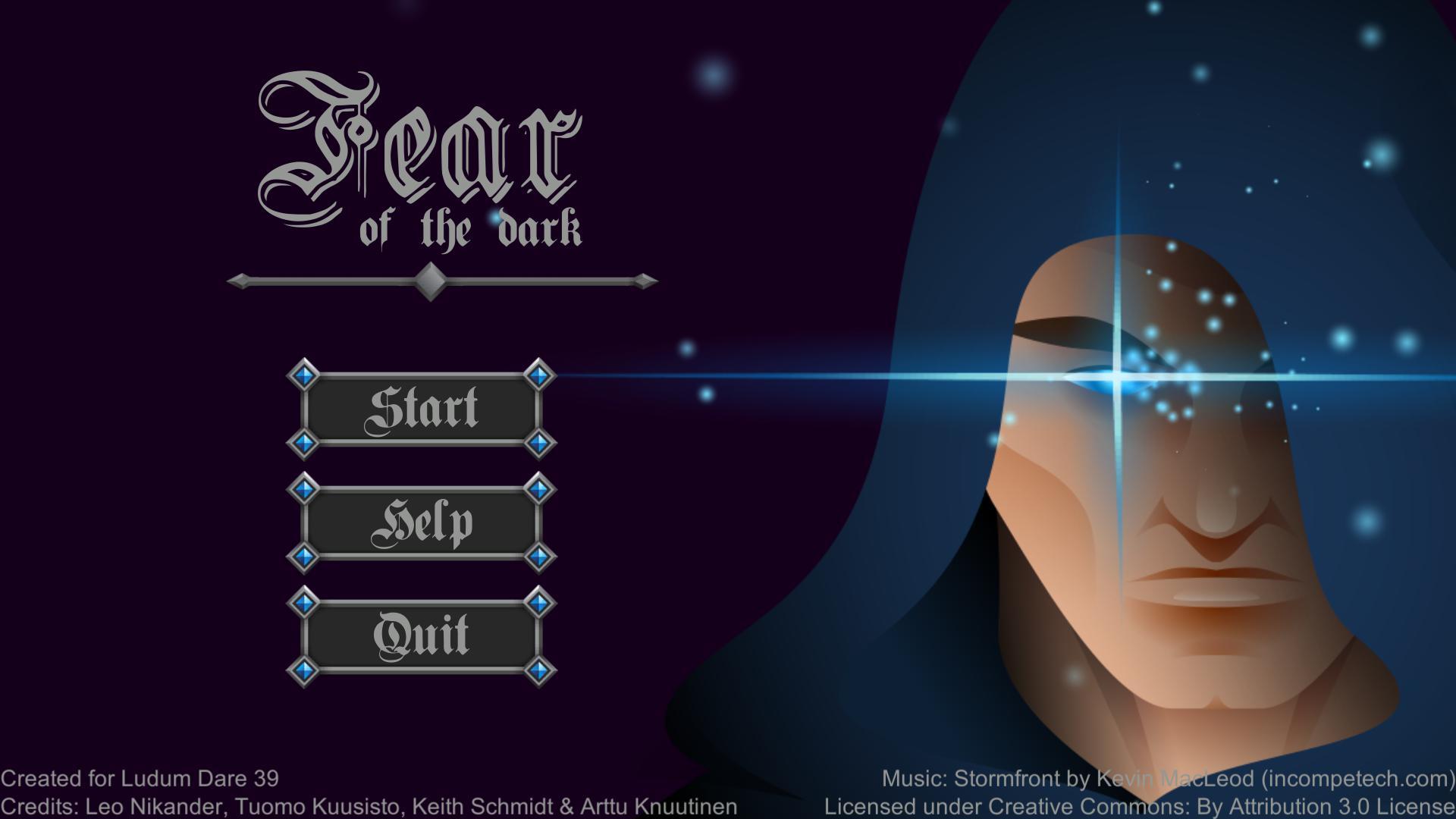
CodeCombat is a game that teaches programming skills. Players write actual code to control a character and complete challenges. It covers fundamental concepts like variables, loops, functions, and conditional statements, and supports both Python and JavaScript. A key feature is instant feedback, helping players learn how to find and fix errors in their code.
As a teacher, I’m really excited about this! It’s all online, so super easy to use. It has dashboards to track student progress, helpful pacing guides, and the best part – quizzes are automatically graded! It’s perfect for students from late elementary school all the way through high school. Plus, I can easily assign different units depending on what my students need – whether it’s learning the basics of computer science or diving into web development.
Lightbot
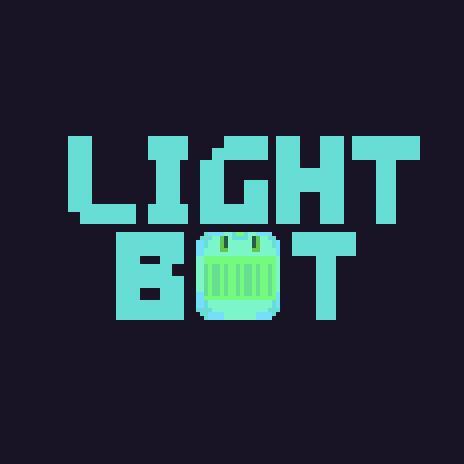
Lightbot helps players learn how to think like programmers by teaching them about sequencing and algorithms. Instead of typing code, players use visual icons to program a robot to light up tiles, making it easy to grasp concepts like commands, procedures, and loops. As players progress, they’re challenged to break down complex problems and reuse solutions, building their problem-solving skills.
This tool works on both phones and computers, and it’s perfect for quick lessons with elementary and middle school students. Teachers like to use it alongside paper-based activities where students first plan out steps, then build and test them in the game, and finally think about what they learned.
DragonBox Algebra

DragonBox Algebra helps you learn the basics of algebra by using puzzles with shapes. These puzzles directly relate to solving equations. You work to get a specific shape by doing the opposite of what’s being done to it, which helps you understand how to keep both sides of an equation balanced and make expressions simpler.
I’m really excited about this – it’s an app, so you can use it on the go! It’s perfect for students around 4th to 8th grade. The lessons are short and sweet, focusing on things like understanding opposites and how multiplication works. What’s really cool is that teachers can easily see where kids are getting stuck with certain concepts, so they can help them out right away.
Human Resource Machine
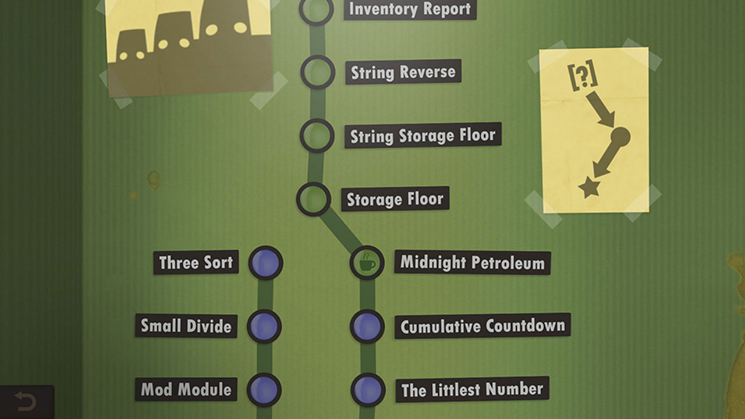
Human Resource Machine is a game that introduces the basics of computer programming logic, like how data moves and changes. You create programs using straightforward commands to manipulate numbers, learning about concepts like repeating actions (loops), making decisions (conditionals), and how memory works – all represented through an easy-to-understand inbox and outbox system.
This program works on both computers and phones, and it’s great for high school students who like to solve problems by breaking them down into smaller steps. Teachers can connect different levels to specific concepts like sorting, counting, and making things more efficient, and students can add notes to their solutions to explain why they chose a particular approach.
GeoGuessr
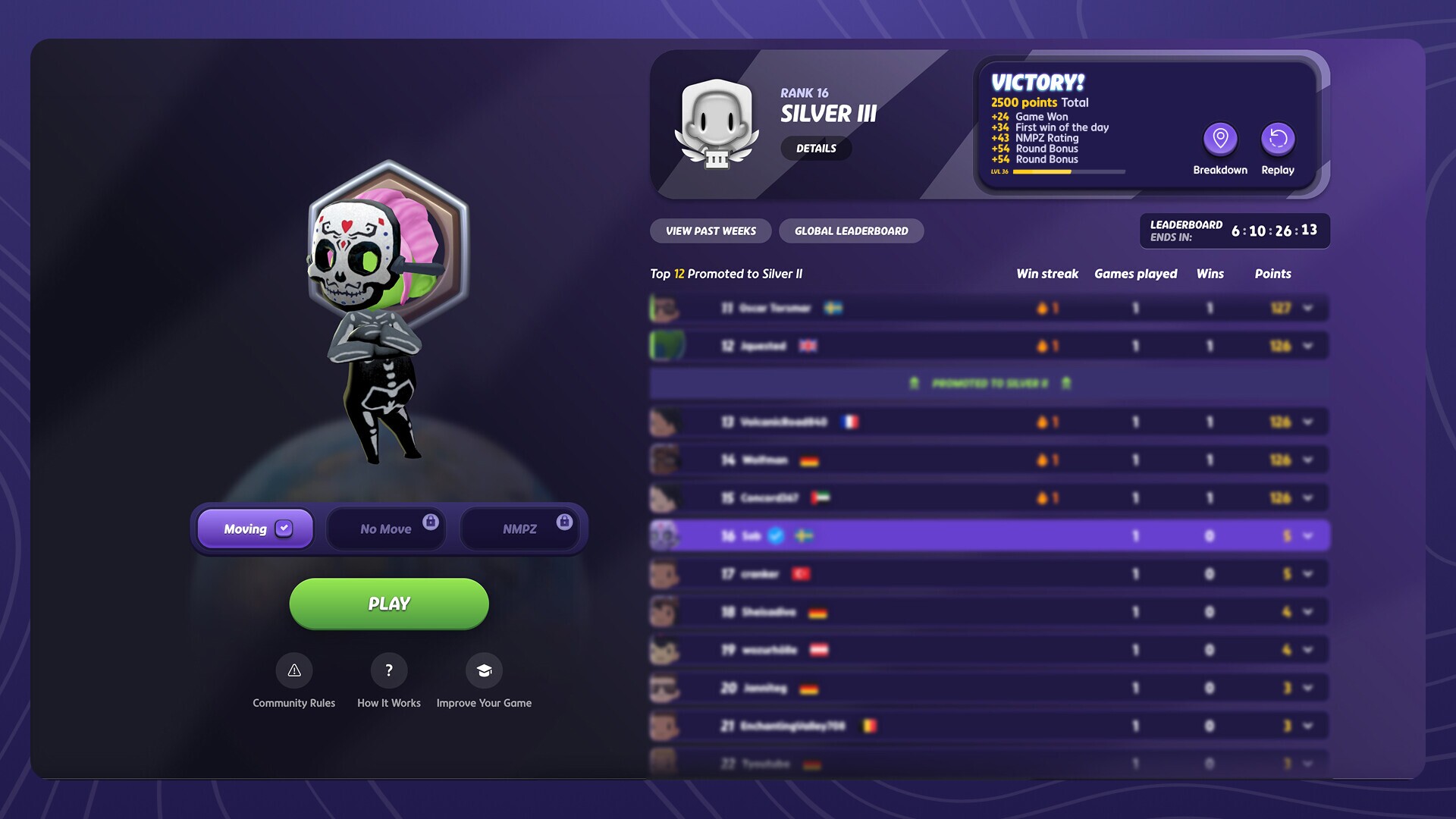
GeoGuessr is a game that challenges your geography skills and ability to understand spatial relationships using real-world street views. Players pinpoint locations by looking closely at clues like signs, roads, plants, and buildings – encouraging careful observation and the ability to spot patterns.
I’ve been trying out this really cool tool, and I’m honestly impressed! You can play it right in your browser, either by yourself or with a team. What’s awesome for teachers is they can focus the maps on whatever area they’re learning about in class, and even set a timer to make things more exciting. It’s perfect for students in middle and high school, and it doesn’t just ask *where* something is – it also asks *how* you figured it out, with prompts that make you explain your reasoning. It’s a great way to practice finding evidence and really understanding locations!
Civilization VI

Civilization VI is a game that lets you explore history, economics, and complex systems. You lead a civilization from its beginnings to the present day, carefully managing things like resources, relationships with other civilizations, scientific progress, and cultural development. The game uses realistic systems – like technology research, government choices, and trade – to show how societies grow and change over time.
The game is playable on computers, gaming consoles, and iPads. Teachers frequently set limits on how long players can take their turns and define specific objectives to highlight themes like exploration and building industries. Students in middle and high school can also write journals connecting what happens in the game to real-world historical events.
Assassin’s Creed Discovery Tour
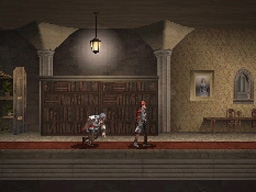
Discovery Tour mode transforms open-world games into engaging, interactive history lessons. Players can explore guided tours focusing on subjects like everyday life, buildings, and art. Each tour features narrated explanations and lets you examine historical objects with detailed information.
This program works on both computers and gaming consoles, and it’s designed for educational settings by removing any combat elements. Teachers can use it to create interactive learning stations with assigned tasks, and students can demonstrate their understanding by taking and submitting screenshots. It’s particularly well-suited for middle and high school students, especially when studying world history or art history.
Cities Skylines

Cities: Skylines is a game all about building and managing a city. You’ll plan neighborhoods, create transportation systems, provide essential services like water and power, and manage your city’s finances. Success is measured by things like how well traffic flows, how clean the air is, and the overall health and happiness of your citizens.
This game works on both computers and gaming consoles. It includes scenarios where players tackle realistic city planning problems. High school students can build neighborhoods while considering things like population density and accessibility, and then use in-game charts to show how their choices improved things.
Plague Inc The Cure
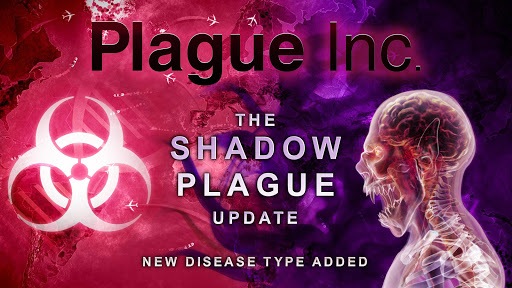
This new version transforms the game into a simulation of managing public health. Players invest in things like testing, tracking down contacts, developing vaccines, and creating policies, and then see how these actions impact the spread of disease and how well people follow the rules in different areas.
This tool works on both phones and computers. Teachers can use it to explore how real-world disease control methods work and talk about the challenges of using models. It’s best suited for students in grades 6-12, and the quick scenarios are great for teaching concepts like R values, how diseases spread, and effective communication.
Zoombinis
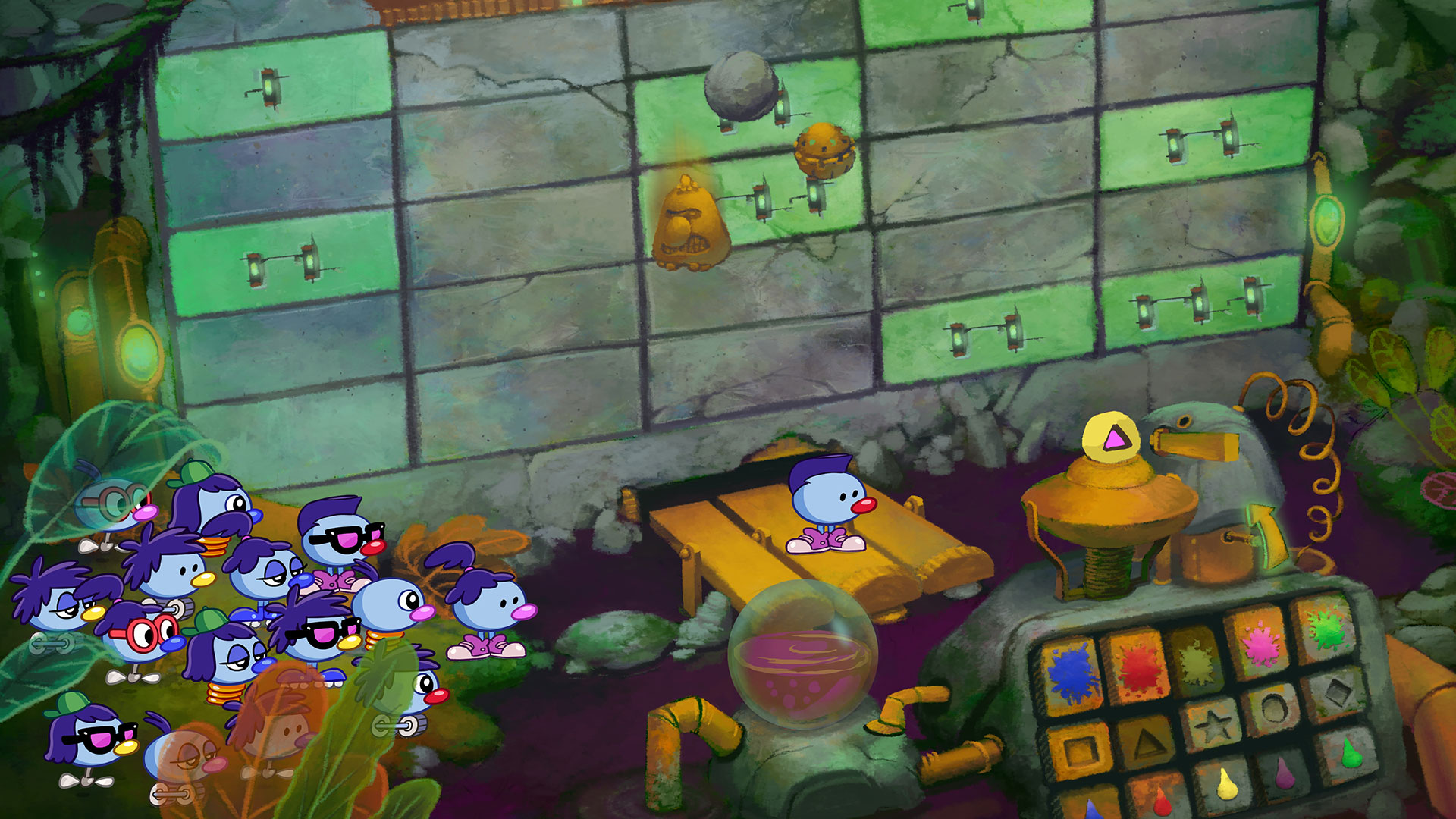
Zoombinis is a game that helps players develop logical thinking and problem-solving skills. It challenges you with increasingly difficult puzzles where you sort creatures based on their features – like hair, eyes, and noses – to figure out patterns and test your ideas.
This program works on computers and tablets, making it ideal for students in grades K-8. Teachers can have students work in groups, sharing their thinking aloud, and then write down the rules they figure out. The program automatically adjusts the difficulty, allowing students to practice with different challenges and improve their skills.
Epistory Typing Chronicles
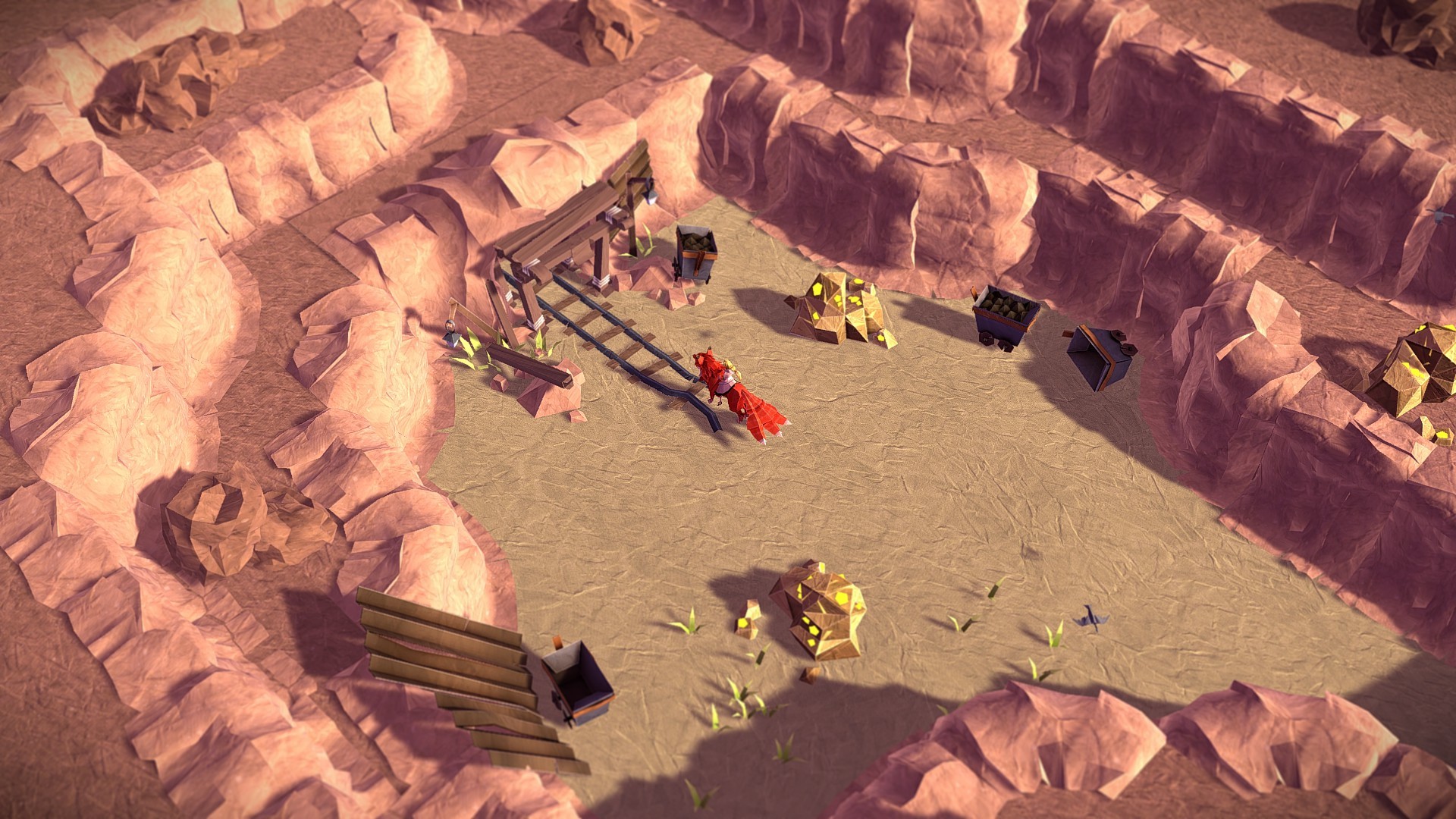
Epistory helps players become faster and more accurate typists. The game lets you explore a world and overcome obstacles by typing words as they appear, instantly showing you how well you’re doing with different types of words and phrases.
I’ve been playing this on my PC, and it’s pretty good – though you definitely need to be a decent reader, I’d say it’s best for middle schoolers and older. What’s really cool is if you’re using it in a classroom, teachers can keep track of how everyone’s doing with timed sections, set goals for reading speed and accuracy, and even compare how the class is improving over time. It’s a neat way to see progress!
Spore
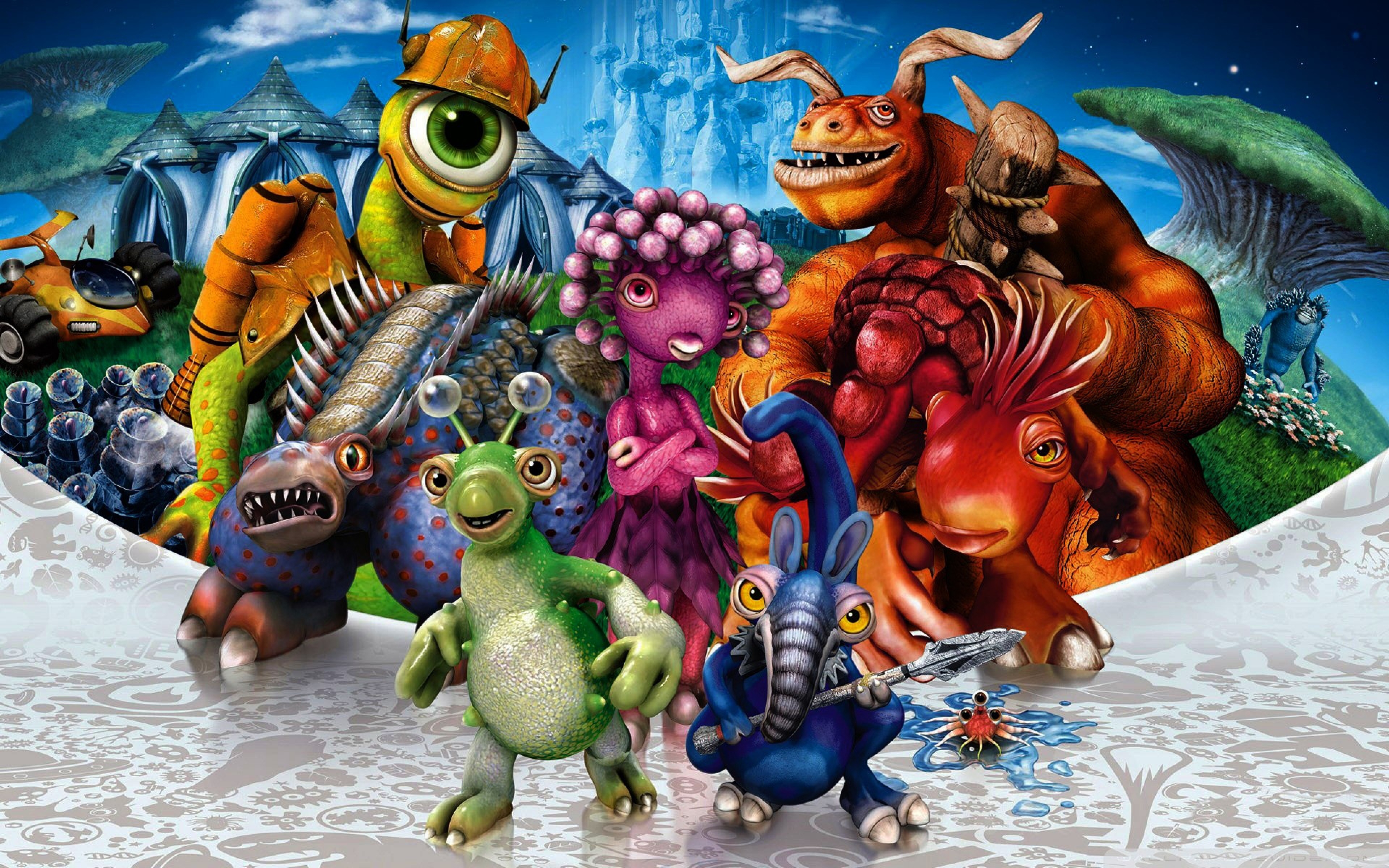
Spore lets you guide a species from its beginnings as a single-celled organism all the way to interstellar travel. You customize your creature’s characteristics and how it behaves, then watch how those choices impact its ability to survive, interact with its environment, and build a society. The game broadly simulates evolutionary principles as your species progresses through different stages of development.
This program works on computers and helps people talk about how things change, specialized roles, and the limits of design. Educators frequently use it alongside biology texts, pointing out where the program simplifies real-world science to help students understand the concepts better.
SpaceChem
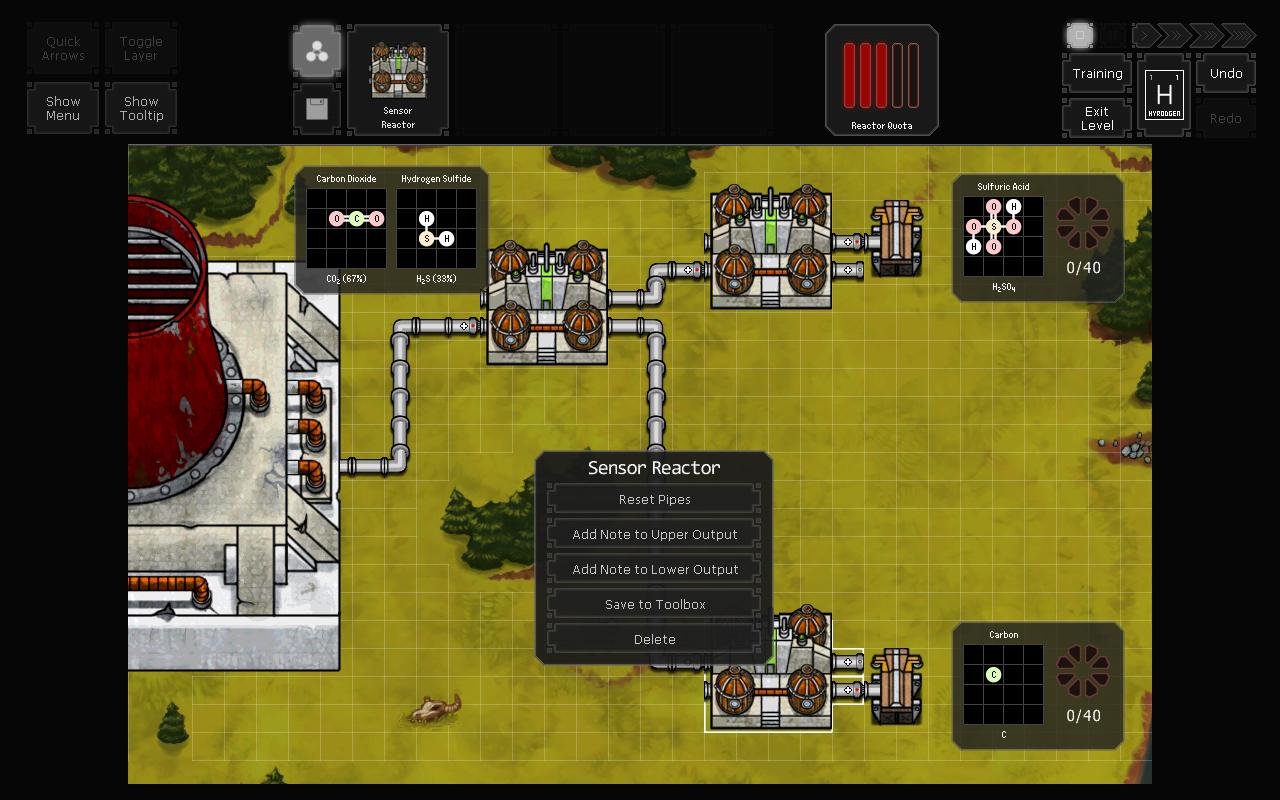
SpaceChem challenges you to think like a chemical engineer by building machines with visual programming. You create reactors that guide and connect atoms on tracks, learning about coordination, working on multiple things at once, and finding the most efficient solutions within specific limitations.
This software is designed for computers and is best for students in late middle school and high school. Teachers can use it to illustrate concepts like mass conservation and process design, while students can show their work by explaining each step of their solutions, including how long each part of the process takes.
Democracy 4
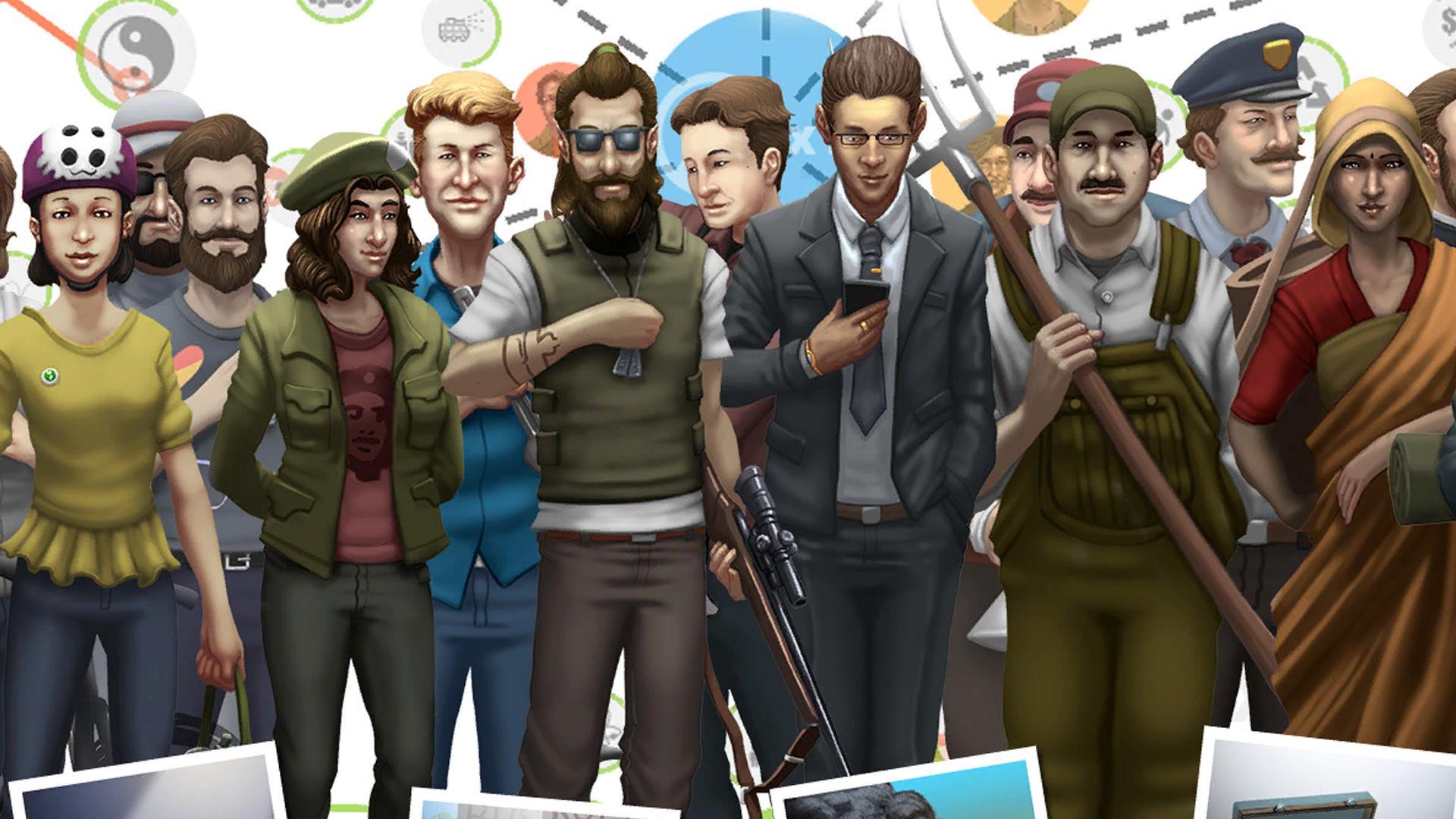
Democracy 4 is a simulation where you can experiment with public policy, understand different voter groups, and see how budget decisions impact society. You make changes to taxes and programs, then observe the consequences – like how approval ratings, deficits, and social well-being are affected. The game clearly shows how your choices lead to specific outcomes, helping you learn about the connections between policy and results.
This program works on computers and helps teach civics and economics to high school students. Teachers can give students policy challenges, ask them to explain their reasoning in writing, and then have them compare their results to real-world data to encourage thoughtful analysis.
SimCity 4

SimCity 4 is all about building and managing cities. You’ll focus on dividing areas for different uses (like residential, commercial, and industrial), creating transportation systems, and planning for the larger region. To succeed, you’ll need to manage your city’s finances and keep your citizens happy, while also keeping an eye on things like pollution, traffic congestion, and job availability to ensure everything runs smoothly.
This software works on a standard computer and is still valuable for studying cities, even though it’s an older program. Instructors can give students assignments to design things like public transportation routes or neighborhoods, and then have them create maps to examine how land is used, how well the street layout works, and how easy it is for people to reach important services.
Tell us about learning games you love! Share your recommendations in the comments and let us know what subjects they cover – for yourself or your students.
Read More
- Silver Rate Forecast
- Gold Rate Forecast
- Красный Октябрь акции прогноз. Цена KROT
- MSCI’s Digital Asset Dilemma: A Tech Wrench in the Works!
- Dogecoin’s Big Yawn: Musk’s X Money Launch Leaves Market Unimpressed 🐕💸
- Bitcoin’s Ballet: Will the Bull Pirouette or Stumble? 💃🐂
- Guardian Wealth Doubles Down on LKQ Stock With $1.8 Million Purchase
- Binance and Botim Money Join Forces: Crypto in the UAE Gets a Boost-Or Does It? 🚀
- Twenty One Capital’s NYSE debut sees 20% fall – What scared investors?
- Monster Hunter Stories 3: Twisted Reflection gets a new Habitat Restoration Trailer
2025-10-09 09:18